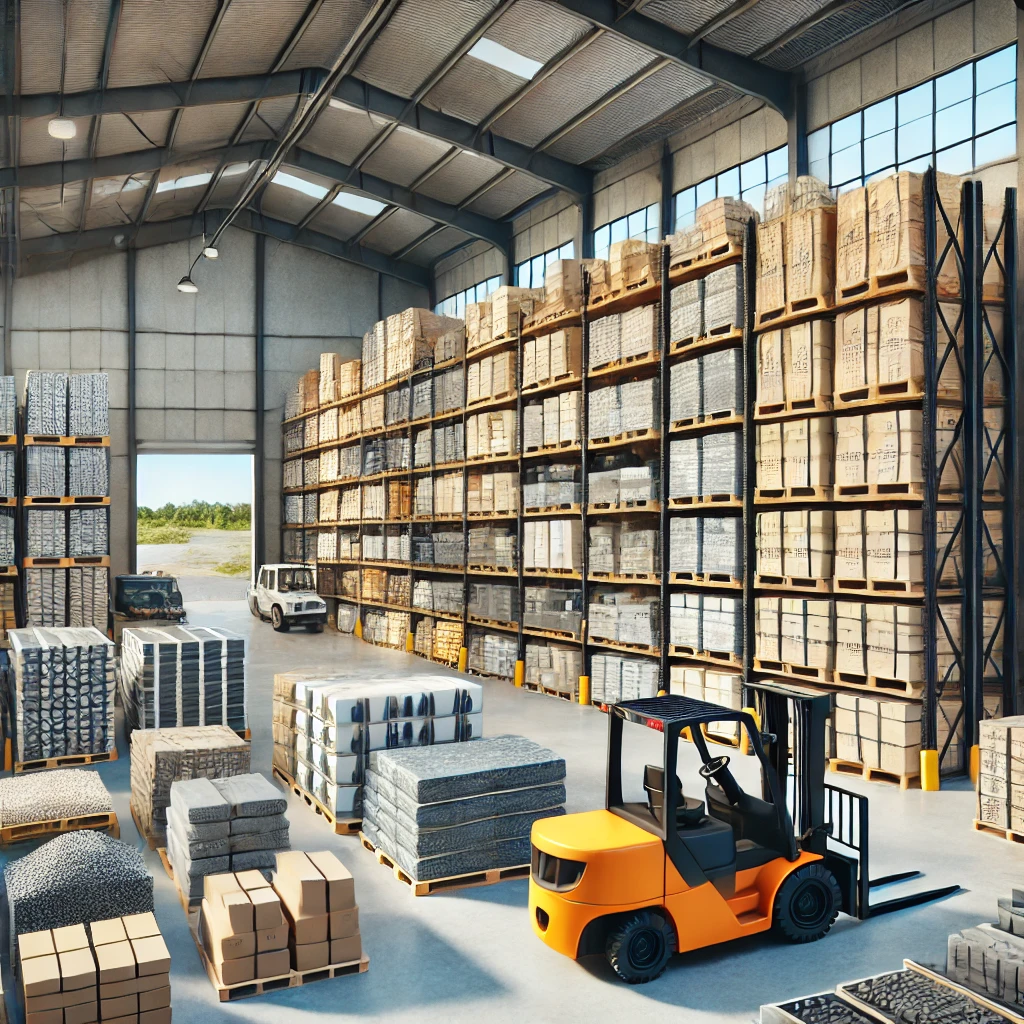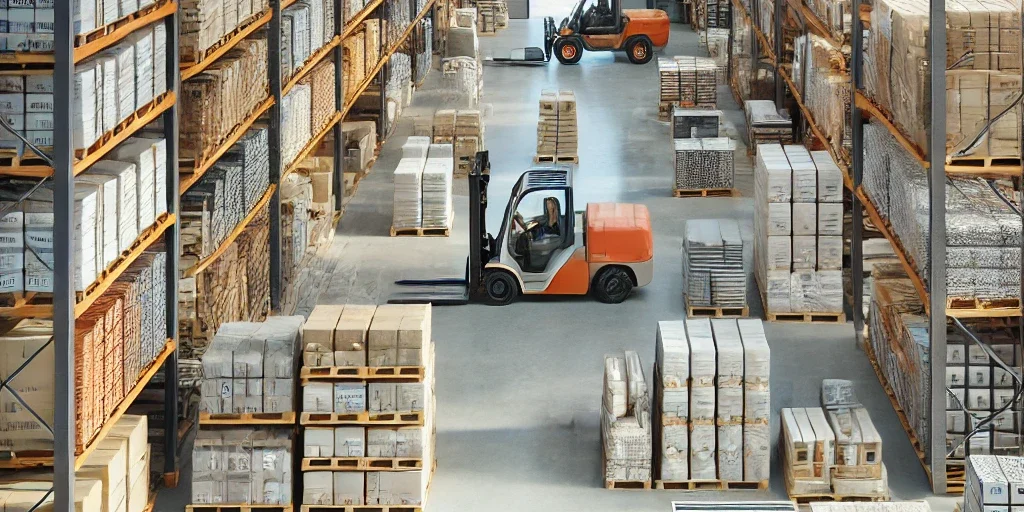The construction industry is one of the most vital sectors in any economy, employing thousands of companies. When we think of construction, we usually picture building sites and structures. However, behind the scenes lies a complex supply chain. Among its key elements is the construction supply warehouse, which plays a crucial role in providing materials to construction firms. This article explores what a construction supply warehouse is and when it is used.
What Is a Construction Supply Warehouse For?
A construction supply warehouse is a logistical facility where construction companies source their building materials. Before the 2008 crisis, many construction businesses had their own storage yards for both equipment and materials. That economic downturn, however, highlighted the efficiency of renting machinery and using dedicated material suppliers.
Today, owning an entire fleet of construction machines or stockpiling materials is increasingly rare. To understand what a construction supply warehouse is, think of the places where contractors, builders, and sometimes even private individuals go to buy materials.
These warehouses aim to supply every type of material needed on a job site. This includes bulk goods like gravel or soil and building materials such as bricks, steel bars, cement, and mortar.
The role of the construction supply warehouse has become central in the supply chain. You can even find ceramic tiles, adhesives, and indoor or outdoor finishes. Many also feature showrooms where clients can browse material samples with the help of a construction professional.
Since working with certain materials requires special equipment, many construction warehouses also offer tools and machinery for rent or sale. This allows professionals to find both materials and the equipment needed for installation in one location.
The definition of a construction supply warehouse is constantly evolving to meet changing market demands.
How to Organize and Manage a Construction Supply Warehouse
Once you understand what a construction supply warehouse is and what it does, it’s important to know how to manage the space effectively—especially if the warehouse hosts multiple services. A modern construction warehouse may include a showroom or an equipment rental area. Organizing activities by function and assigning dedicated staff to each is key.
Another vital aspect is managing how materials are moved and stored, similar to logistics centers in other industries. Warehouses must have ample space for delivery vehicles, whether unloading pallets or dumping loose bulk materials from tipper trucks.
Storage areas must be divided by material type. Bulk items and traditional construction materials are best stored outdoors, while products like pre-mixed compounds, adhesives, and finishes should be kept inside, away from weather exposure. Clear separation between areas ensures safe and efficient operation, with access restricted to authorized personnel only.

What Can Be Stored and Which Machines Are Used in a Construction Supply Warehouse?
Knowing what a construction supply warehouse is helps optimize internal logistics. Every item must be unloaded, stored, possibly displayed, and finally reloaded for delivery. These tasks require various machines, most of which are readily available for rent through specialized services like rentmas.
Handling Bulk and Palletized Materials
Bulk materials like gravel are commonly moved using skid steer loaders for smaller volumes. For larger warehouses serving major construction firms, full-size wheel loaders are often used to handle high volumes of bulk material.
For palletized goods such as bricks, forklifts are essential. These machines, equipped with forks, are standard in any warehouse environment. Telescopic handlers are also ideal for heavier loads or reaching high shelves. In tighter spaces, pallet jacks or walk-behind stackers may be more suitable.
Understanding which equipment to use in a construction supply warehouse ensures smooth material handling, enhances productivity, and improves use of available space.
Final Thoughts
To fully understand what a construction supply warehouse is, one must consider all aspects—space organization for storage, sales, and rental, and the machines used for handling materials.
Loading, unloading, moving, and storing materials are the main tasks, and these must occur in clearly designated areas to ensure efficiency and safety. A construction supply warehouse ensures that construction companies have access to the materials they need. For it to operate effectively, various types of material handling machinery—readily available for rent at rentmas—must be used.






